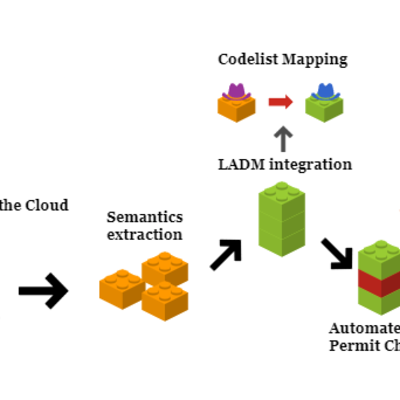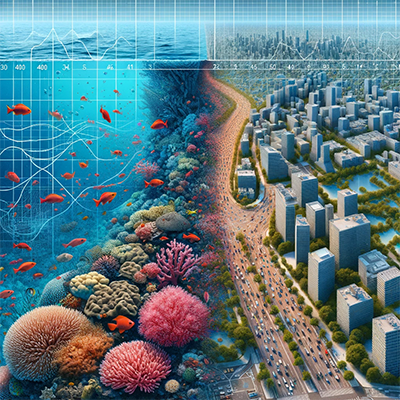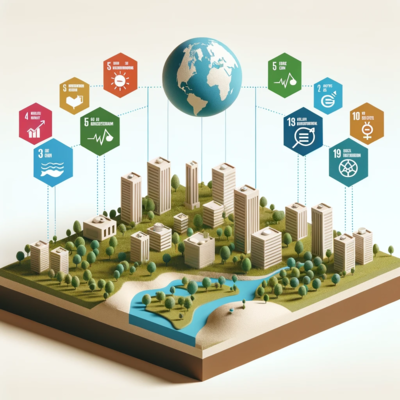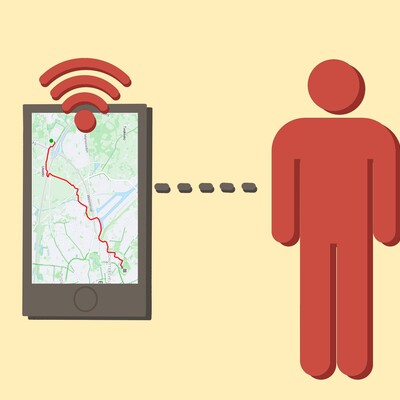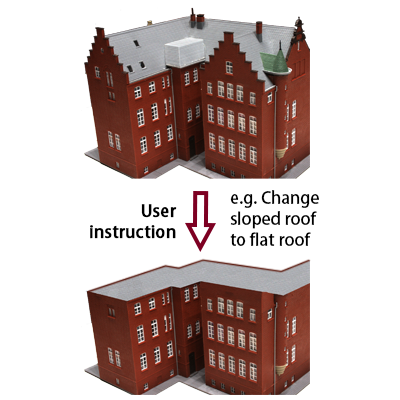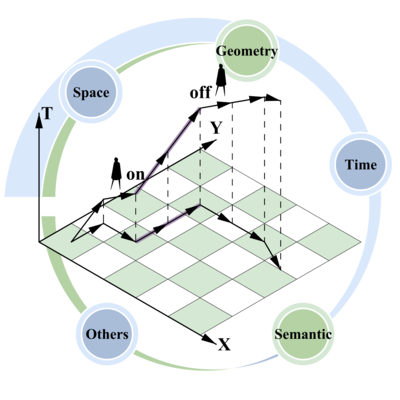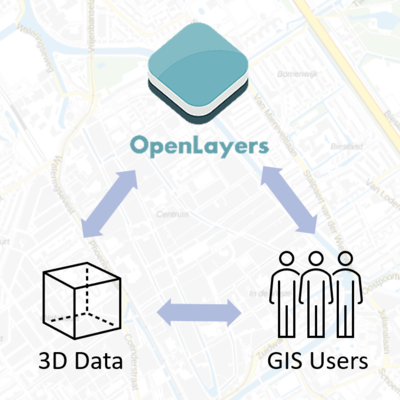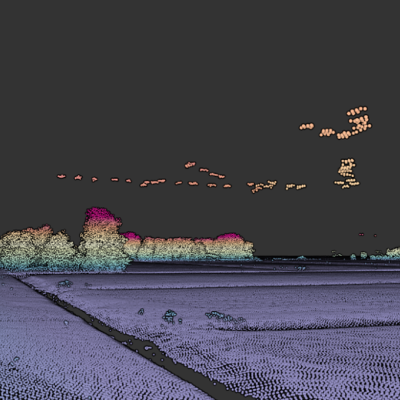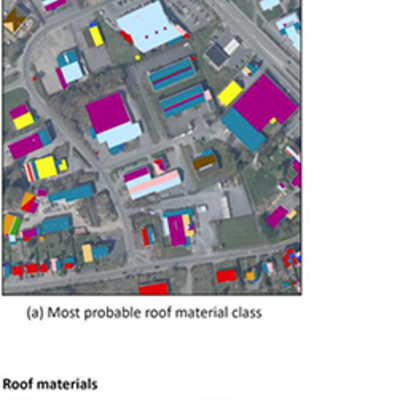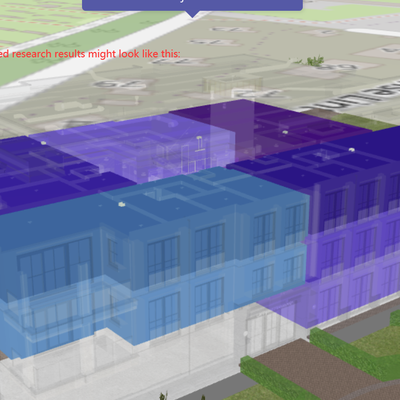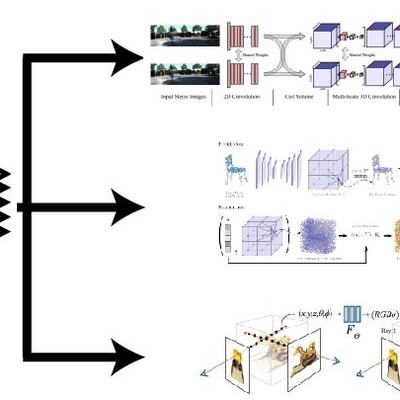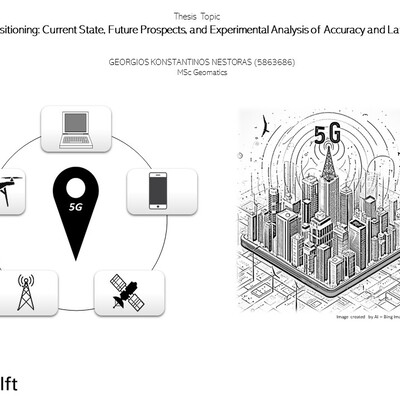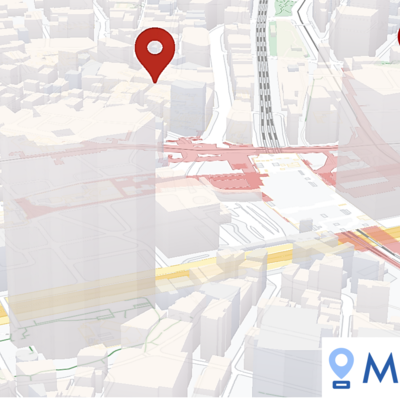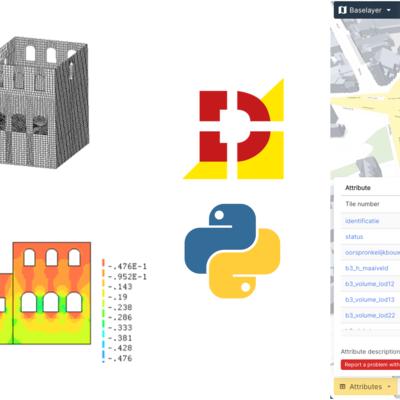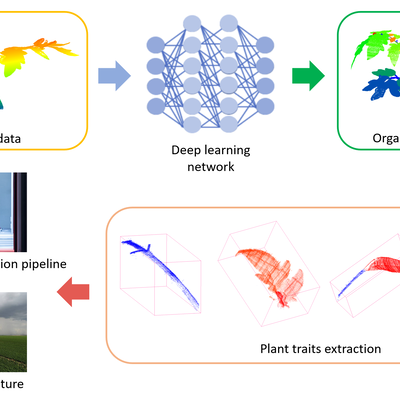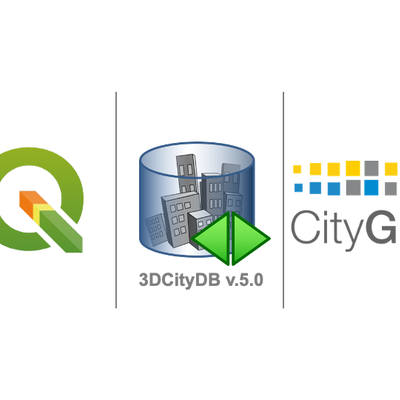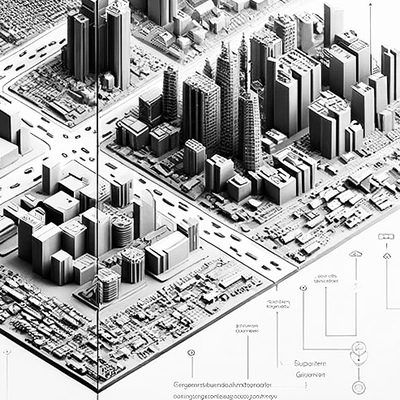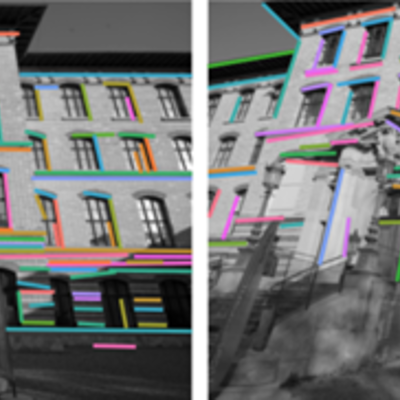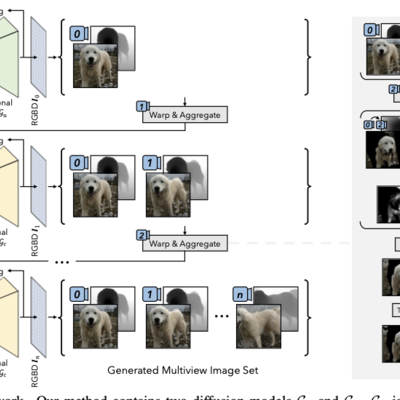
Rianne Aalders
Exploring the design of a ‘coordinating’ data governance model for the green village at the TU Delft
The primary thought behind this research is: How can data be used for good in a tech driven urban environment? Richard Sennett speaks in his book ‘Ethics for the City’ of a ‘coordinating smart city’ a framework for a preferable relationship between citizens, technology, and the city. In contrast to a ‘prescriptive smart city’ that limits the agency of its citizens.
In my thesis I will apply this framework to The Green Village (TGV), a living lab for sustainable innovations located on the TU Delft campus to answer the questions: 1. What is a coordinating smart city according to Sennett and other literature? 2. To what degree are TGV and living labs smart cities? 3. To what degree is TGV a smart city? 4. How can the framework of the coordinating smart city be applied to a real life urban environment? 5. And How can the framework of the coordinating smart city be expanded upon, based on its application to TGV?
For this exploratory research, Sennett’s writing and other literature will be further studied to unpack the coordinating smart city. Then, in a case study of TGV, including interviews with the parties involved both the people managing TGV and its inhabitants, the framework will be applied and tested.
Supervisors: Stefano Calzati + Hendrik Ploeger